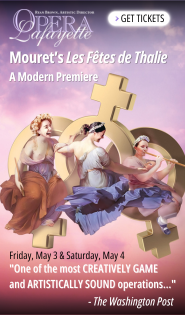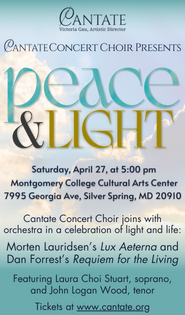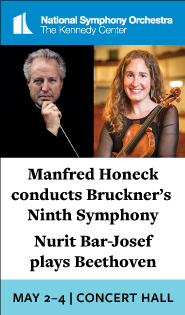Arcangelo closes Shriver Hall season with elegant Baroque program
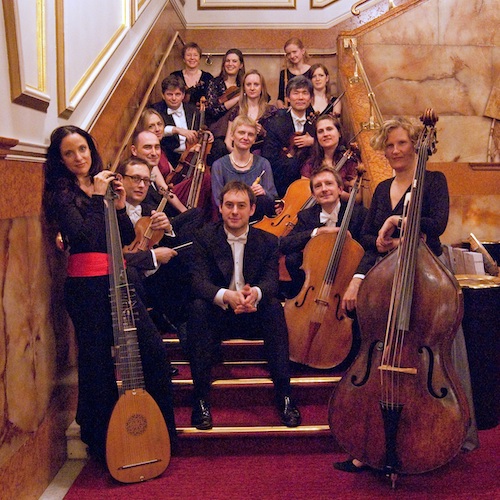
Arcangelo performed music of Handel, Bach and Buxtehude Sunday afternoon at Shriver Hall. Photo: Adam Swann
Shriver Hall, on the campus of Johns Hopkins University in Baltimore, hosts an elegant chamber music series. The English early music group, Arcangelo, was there Sunday for a beautifully designed program of the music of Handel, Bach and Buxtehude to close out the series 53rd season.
Director Jonathan Cohen–organ and harpsichord player, conductor, recording artist and winner of numerous awards–founded the group in 2010. Like many chamber entities Arcangelo can appear in all sorts of formations. And for this program, spotlighted by a soprano soloist, Cohen fielded his own keyboards, along with a violin, viola da gamba, flute, and theorbo. All the works were performed expertly by musicians clearly skilled in baroque style and techniques.
One has to readjust hearing expectations when listening to Arcangelo’s authentic instruments. The violin and viola da gamba are strung with gut strings and their dynamic range varies from pianissimo to mezzo piano. The flute, made of wood, has a lovely, rounded, slightly fuzzy sound, nothing at all like the bracing clarity of the modern instrument. Together their music-making projects a quiet intimacy that requires the close attention of the listener.
For this program, Cohen chose Handel’s Nine German Arias, written in mid-career on poems by Barthold Heinrich Brookes and interspersed these with a Bach trio sonata and two delightful sonatas by Buxtehude.
Handel didn’t write much music on German texts. Although he was German, his preferred languages were Italian and English and his subjects, either biblical or classical.
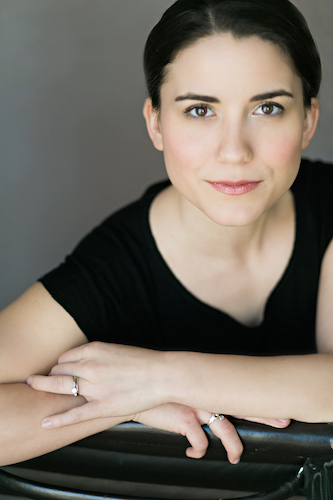
Joélle Harvey
These songs instead, focus on God in nature and soprano Joélle Harvey gave these gentle songs a lovely performance. Her voice is light and beautifully supported. She can sing without vibrato and never sound strained and she moved through intricate ornamentation without ever having to distort the rhythmic pulse of the music.
The singer is not so much accompanied as partnered with the instrumental ensemble in these songs. Cohen on either the harpsichord or the small organ, viola da gambist Jonathan Manson and Thomas Dunford on the theorbo were constants in the ensemble. Flutist Georgia Browne and violinist Sophie Gent alternated, the violin taking on the more up-beat energetic songs and the flute lending a darker timbre to the more contemplative ones.
There were moments of playful give and take between the singer and viola da gamba in the “Singe, Seele, Gott zum Preise” and a sonic cushion of comfort in the quiet assurance of “Kunft’ger Zeiten eitler.” A sense of serenity was palpable in the high lightly sustained legato lines of “Susse Stile, sanfte Quelle” that Harvey drew out with ease, and man’s delight in nature and all of God’s creations bubbled out in the light, quick rhythmic textures of “Das zitternde Glanzen der spielenden Wellen.”
The trio sonata from Bach’s The Musical Offering,stands on its own as a complete piece. In four movements, the Musical Offering’s chromatic, angular theme appears in various guises, mainly in the final two movements. The performance highlighted Bach’s sophisticated and rather abstract creativity as a contrast to the two Buxtehude trio sonatas (in A minor and B flat major) that were earthy, sometimes surprisingly chromatic and adventurous and perfectly delightful.
